Pirates of the Burning Sea Review
Pirates of the Burning Sea
If you're longing to be Captain Jack Sparrow, avoid the licensed games and check out this pirate MMORPG instead.
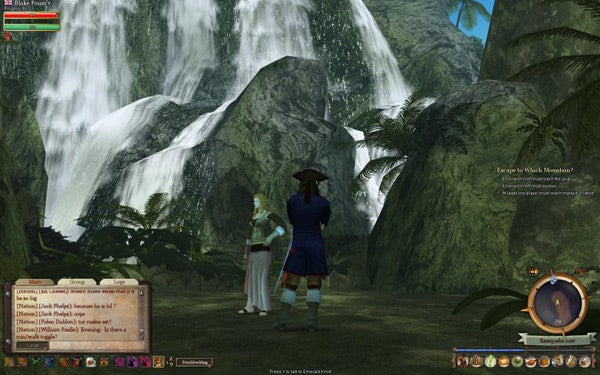
Verdict
MMOs are now at the point where it’s no longer enough to do the same old stuff with slicker presentation and a few new twists. World of Warcraft and Lord of the Rings Online now do the epic fantasy stuff so well that it’s very hard for any game without a big license behind it to compete. City of Heroes and EVE still maintain loyal audiences, and Guild Wars does a great job for those who want an MMO-like experience but don’t want the commitment or the monthly fees. These days an MMO needs a new angle, like Tabula Rasa with its sci-fi setting and it’s real-time FPS combat. Arguably, Pirates of the Burning Sea (PotBS to save my aching fingers) goes even further. Not only is its historical pirate theme new wind for the sails of the tired MMO veteran, but it plays unlike any other MMO on the market.
OK. There are similarities to EVE (ships, commerce, trading, piracy) and World of Warcraft (general presentation and mission structure) but it’s the PotBS mix of the two that makes it feel so different. Create your online avatar and you’re off, the captain of your own ship in the burning seas of the early 18th Century Caribbean. From the minute the game begins you’re involved in the delights of naval combat and the perils of swordplay, tackling pirate schooners on the waters one minute, fending off invading pirates in a harbour town the next. Give it a couple of hours, and you’ll wonder why you spent so much time battering small critters and bringing back their hides at the start of other games. PotBS makes you feel like a proper captain from the off. If you want that authentic Pirates/Caribbean experience in a way that the licensed games have so far never managed, this is it.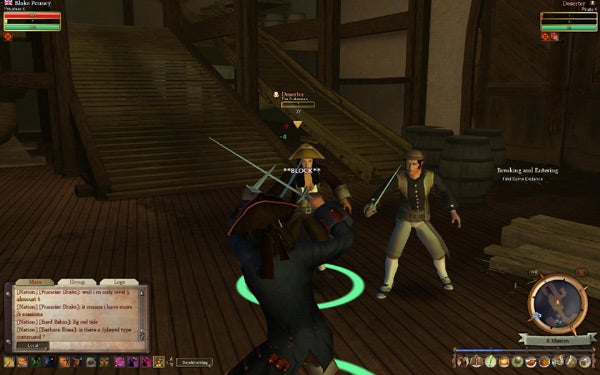
Part of the game’s secret is the way in which it balances freedom and structure, giving you plenty of scope to create your own high-seas adventure, but cleverly moving you forward all the time. At the beginning you choose a nationality (British, Spanish, French or Pirate Nation) and a career (Naval Officer, Privateer, Freetrader or Pirate, with not all available to all nations). Your choice directly controls your starting zone and your choice of missions. The game hits you pretty quickly with a spate of tutorial missions, and from there you can spend a sizable amount of time just in and around your first port. Kicking off as an English Privateer, for example, I had a line of missions surrounding a mysterious map, another selection based on orders from the port’s amusingly incompetent magistrate, and a variety of missions based on my career and around the needs of various local non-player characters. The surprising thing was the variety, with ship-based attack and escort missions plus a variety of on-foot explorations. I don’t think I can remember an MMO that started with less grind.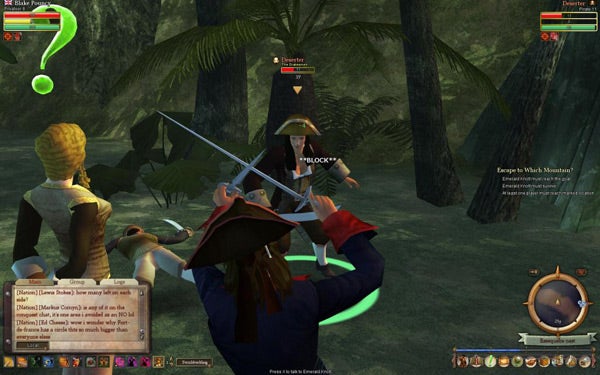
Admittedly, the melee combat system feels like a weak point at first. While games like Tabula Rasa, Guild Wars and Vanguard have worked hard to add new elements to the basic business of fighting, PotBS seems to be taking us back to the days of clicking to select a target, then just whacking the number buttons to use the various attack and defence skills in the skill tray at the bottom of the screen, with little sense of timing and the to-and-fro that should be a part of swashbuckling.
Part of the problem is that the tutorials don’t do that brilliant a job of explaining the workings of the two balance and initiative gauges that sit beneath your standard-issue red health bar. Balance is crucial; the less you have, the more defenceless you become, and the more vulnerable you are to enemy attack. Initiative, meanwhile, is built up by using special preparatory attacks and enables you to use hard-hitting finishing moves. The key to combat, therefore, is maintaining your balance while boosting your initiative and reducing the balance of your foe. Build your initiative high enough and get your timing right, and rather than chipping away at your opponent you can unleash a decisive blow. 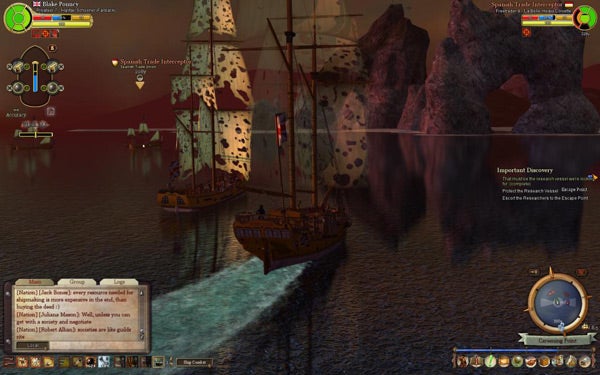
To further complicate things, there are three different schools of combat each with their own specific skills. Dirty Fighting, using the classic Pirate cutlass, is all about wearing your opponent’s balance down rapidly then getting in fast with special attacks. Fencing is all about fast, high-damage attacks. The Florentine approach, my favourite, involves a more showy, defensive stance combining the dagger and sword to keep groups of pirates at bay until you can strike. Cleverly, swashbuckling permits allow you to swap between all three styles should you feel you’ve taken the wrong path for you.
Even were the melee combat system a disaster – and I’d argue that it’s merely misunderstood – the naval action more than makes up for it. Battles can see you and one or more computer-controlled allies squaring up against six or more enemy vessels, and again you have the tools to try a whole range of approaches. You can blast them side-to-side with heavy canon fire, circling constantly to keep them in the path of your guns, or you can use chain-shot to wear them down before bringing out the heavy artillery when the foe is on his last legs. Why not soften up the men on deck then grapple with the ship and shiver their timbers aboard their own vessel? The choice is yours. Cleverly, it’s not all about having the biggest ship with the most big guns; speed and manoeuvrability have a huge part to play in battle, as do career-specific skills you can wield in battle. Oddly, the bit of the game I was most dreading has turned out to be one of its most compelling features.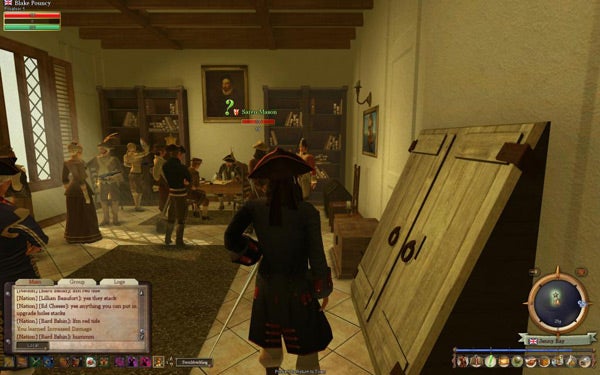
Now, for me the real test of an MMO is threefold. First, does it get me into the game, exploring its worlds and learning its systems without boring me to death with tiresome grinding. For PotBS the answer is a big yes. The early missions do a great job of teaching you the ropes and building your confidence, and when you do venture out onto the open seas, it’s because you want to get out, take your career to the next stage and broaden your horizons, not because you’re already sick of the starting locations.
So on to the second test. Am I then getting enough new stuff to do to keep me interested as I move from the novice to the intermediate stages? Well, again, PotBS does it right. The missions start sending you further afield, and you begin to move up and down the ports in your home region, getting a little bit further every time. The player economy is a big deal here – PotBS is designed so that player manufactured goods, ships and upgrades become the bedrock of the system – and you’re encouraged to get involved fairly early on. Whether all players will get their heads around the demands of building and maintaining the various resource gathering, manufacturing and warehouse facilities remains to be seen, but you can’t fault the game for depth or for trying to make those features accessible. 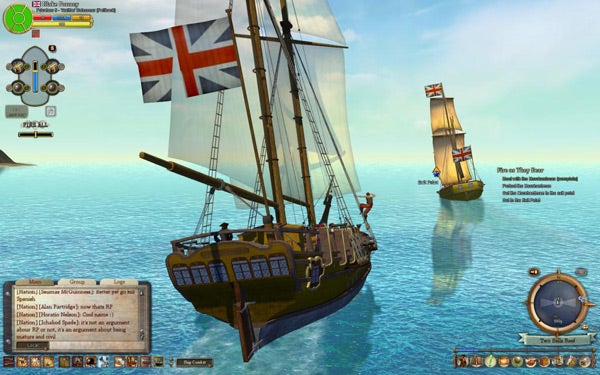
Plus there’s always the lure of new ships as your fortunes increase, giving you more cargo space (for traders) or more offensive/defensive capabilities (for Privateers and Pirates). While your fallback ship (the one you start out with) and player-created ships can be sunk several times, bought ‘civilian’ ships are less durable, and some can be sunk only once before they’re lost for good. This doesn’t half make you tread carefully with your new sea-going beauty.
Cleverly, PotBS doesn’t penalise solo players or force them to group-up for every major mission, though most ports seem to have some specialised group-based tasks. And when you’re ready, there’s a big world of Player vs Player combat awaiting you. Actions and ad-hoc battles around the major Caribbean ports can throw them into contention, at which point players from the different Nations can battle each other in the PvP zones around. This can culminate in a Battle Royale, where up to 24 players from each side get involved in a mass battle that decides ownership of the port (or the pirates’ right to loot it). You can switch in and out of PvP mode as you wish, and carry on your regular adventures without worry either way.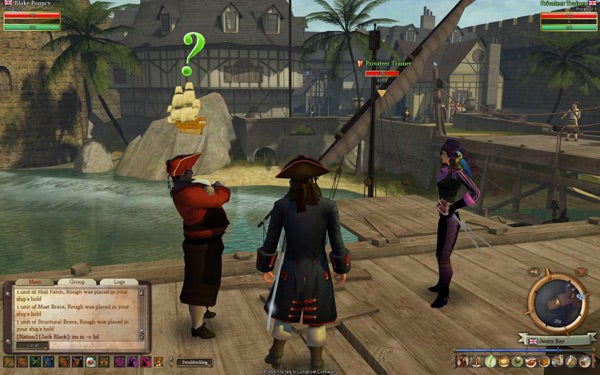
Now for my final test of an MMO: are the servers packed and is everyone having a good time? Well, I’ve been playing on the English-speaking European server. There are plenty of people on there, the costumes are getting more and more fantastic (I suspect there are a lot of men playing as buxom wenches, so try not to get too excited if you chat one up), and the feel is upbeat, friendly and bustling. It’s still early days for the player economy, so there’s not much going down in the auction houses, but there are plenty of people out there racing about on the open seas. Basically, it’s a pirate-friendly party where everyone feels welcome. Bring your own parrot, eye patch and bottle of grog.
Generally, then, it’s all good news for PotBS. The quests are fun, there’s a healthy sense of progression and the Caribbean atmosphere is strong. It helps that the graphics engine, at least running at full-tilt on my Core 2 Quad 6850/Asus GeForce 8800 Ultra system, looks very nice indeed, with a little of WoW’s welcoming cartooniness but with the addition of some lovely tropical lighting and a character that’s all its own. Head out to sea, and the ocean waves look beautiful, with plenty of activity and detail visible aboard your ship. PotBS also packs in a fine selection of jaunty nautical music along with some suitably strident battle themes. In many MMOs you can sense the cut corners and rough edges that result in the rush to market. Here, as with WoW and LoTRO, you can see the love and attention that has gone into the game. 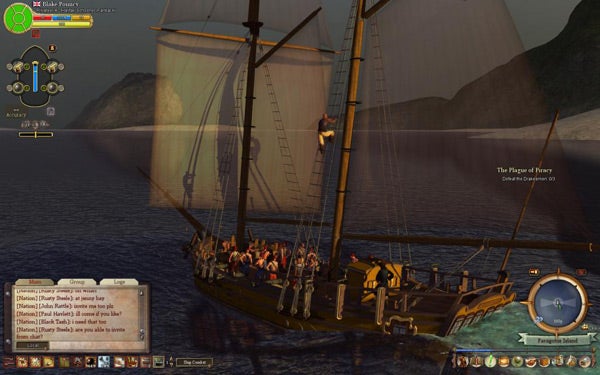
As always, it’s impossible to stick a final verdict on an MMO this early in. The game might develop for the better or the worse, it might grow dull as I rise up the rankings, everyone might desert the servers for the next big thing, and – inevitably – your experience might differ. On the one hand, PotBS is a complex MMO, and while it makes a credible attempt to explain its various features and systems, it doesn’t always succeed quite as well as it could. For this reason, I’d still rate WoW, Guild Wars or LoTRO above it for newcomers to the genre.
A little more variety (and intelligence) in the on-foot enemies might also help with the overall sense of immersion. We’re still talking about a majority of dozy henchmen who hang around not responding until you get within a certain range, and who fail to help when comrades within line of sight are attacked. I hope that one day this will be a thing of a past.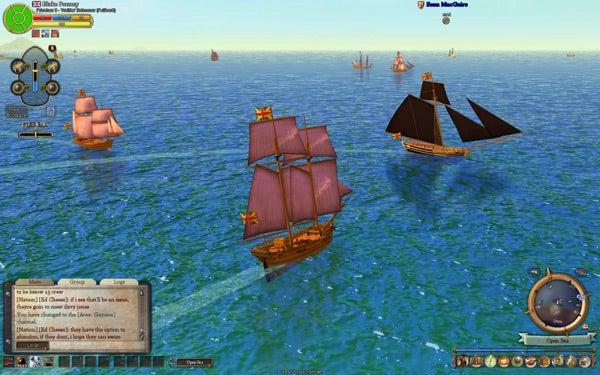
That said, this is the best time I’ve had in an MMO since I first played LoTRO last year, and I think it’s bursting with long-term potential. So for now, I’ll steal a line from Xavier Atencio and the classic theme park ride come movie come cultural phenomenon; “yo-ho, yo-ho, a pirate’s life for me.”
”’Verdict”’
The freshest, most enjoyable MMO experience since LoTRO and WoW. Step onboard, me hearties, and grab a piece of the pirate life.

